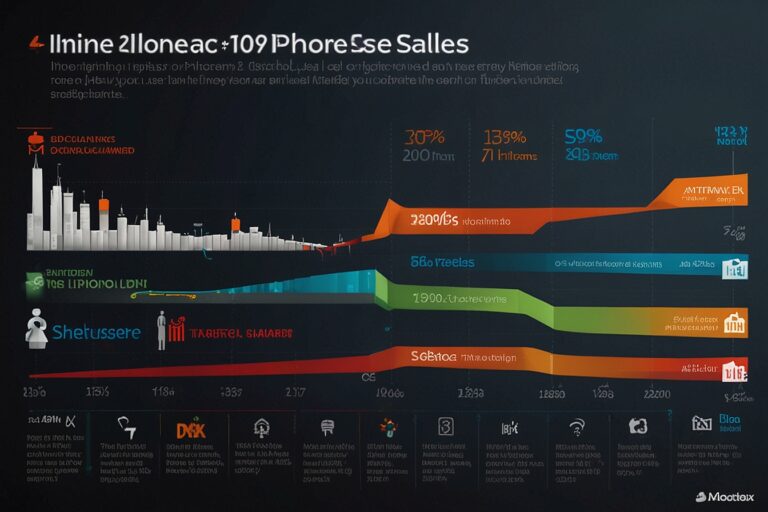
TL;DR
- Russian state-owned giant Rostec will launch a ruble-backed stablecoin called RUBx on the Tron blockchain.
- The token will be supported by real ruble reserves and integrated with Russia’s banking rails.
- The RT-Pay hub will enable instant payments and smart contract functionalities.
- This effort runs in parallel to Russia’s central bank digital ruble (CBDC) pilot.
- CertiK will audit the smart contract, and the code will be posted on GitHub.
Rostec Joins Russia’s Crypto Push With Stablecoin and Payment Platform
Rostec, Russia’s state-owned technology and defense conglomerate, is preparing to launch a ruble-pegged digital token named RUBx, alongside a payment platform called RT-Pay, before the end of 2025. The move reflects Moscow’s growing shift toward blockchain-based financial systems amid ongoing economic sanctions and global payment restrictions.
According to a report by TASS, each RUBx token will represent one Russian ruble held in a treasury account. Rostec will be the sole issuer and operator of the stablecoin, which is intended to comply with Russia’s legal and financial regulations.
Built on Tron, Backed by Rubles
Unlike Russia’s ongoing digital ruble CBDC pilot operated by the Bank of Russia, RUBx will exist on the Tron blockchain — a public and widely-used smart contract platform.
Key technical features:
- The contract code will be posted publicly on GitHub
- CertiK will conduct a third-party security audit
- Issuance will be governed by “real obligations in rubles”
RT-Pay will function as an instant transaction layer, bridging on-chain smart contracts and banking infrastructure, even during off-hours.
Designed for Compliance and Speed
Rostec’s RT-Pay infrastructure will be integrated directly into Russia’s domestic financial systems, ensuring compliance with:
- Anti-Money Laundering (AML)
- Counter-Terrorism Financing (CTF)
- Bank of Russia guidelines for digital transactions
The rollout will follow a phased approach, initially targeting high-friction sectors (e.g. industrial payments, cross-border settlements), before expanding to general consumer use, said RUBx project lead Dmitry Shumayev.
RUBx and RT-Pay at a Glance
| Feature | Detail | Source |
| Token Name | RUBx | TASS |
| Blockchain | Tron Network | Tron |
| Backing Asset | 1:1 Russian ruble in treasury accounts | TASS |
| Issuer | Rostec | Rostec |
| Payment Platform | RT-Pay | Rostec |
| Code Repository | GitHub (pending release) | TASS |
| Security Audit | CertiK | CertiK |
| Compliance Standards | AML, CTF, Bank of Russia regulations | Rostec |
| Related Government Project | Digital Ruble (CBDC) | Bank of Russia |
| Comparable Institutional Use | Sberbank and Moscow Exchange | CoinDesk |
Sanctions Workaround or Innovation?
While Moscow officially positions RUBx as a domestic financial tool, analysts note that Russian entities have previously used crypto to bypass Western sanctions. In oil trade, several firms were reported to convert payments made in yuan or rupees into rubles using BTC, ETH, or stablecoins.
However, the RUBx initiative appears far more centralized and regulated by state institutions, differentiating it from those operations.
Meanwhile, the Bank of Russia’s CBDC pilot continues in parallel, reflecting the Kremlin’s multi-pronged digital finance strategy.
Competing on a Global Stage of Tokenized Currency
The move positions Rostec — and by extension, Russia — in the broader race to adopt national stablecoins, joining global efforts like:
- China’s e-CNY
- Brazil’s Drex
- Europe’s Digital Euro
The choice of Tron as the base blockchain is notable, given its global DeFi usage and track record in high-throughput smart contracts.
If successful, RUBx and RT-Pay could become cornerstones in Russia’s crypto-friendly economy, offering an alternative route for settlements, especially in a world increasingly fractured by economic blocs.




